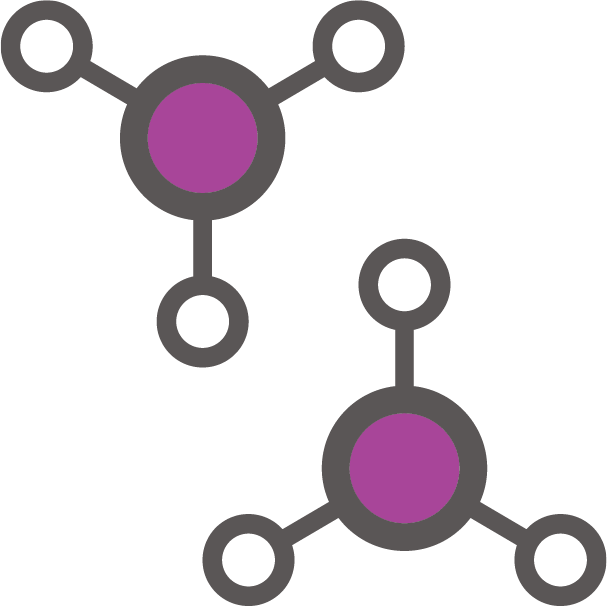Scientific media resources
Understanding radiopharmaceutical therapy (RPT) fact sheet
May 27, 2024
What is radiopharmaceutical therapy?

Despite therapeutic advances, there remains a high unmet need for new and innovative cancer treatments. RPT is uniquely positioned to be both a diagnostic and therapeutic, offering a new modality for patients living with cancer.
What is the goal of RPT research?

RPTs offer a precision approach to patient treatment, delivering radioisotopes to tumors intravenously. By binding to tumor cells, RPTs bring radiation directly to cancer cells where they can induce cancer cell death and spare healthy cells.
- Radioisotope payload is extremely potent
- RPT kills cells regardless of cellular internalization
- RPTs can avoid drug resistance mechanisms (e.g. drug efflux, altered trafficking)
- Precision medicine with RPT imaging allows for better patient selection
- RPTs utilize stable linker thus minimizing premature release of payload
Molecular targeting enables the investigation of radionuclide therapy in various tumor types

Current RPT treatment options for gastroenteropancreatic neuroendocrine tumors (GEP-NETs) have shown significant clinical benefit, however, while most patients experience disease control in clinical treatment with currently available options, patients will invariably progress. Most continue to live for at least two years without any approved treatments. There is an area of high unmet need for patient treatment options.
The next generation of RPTs
